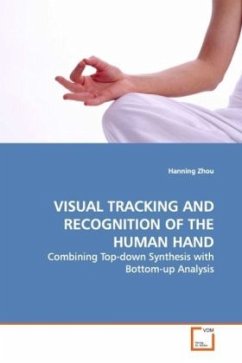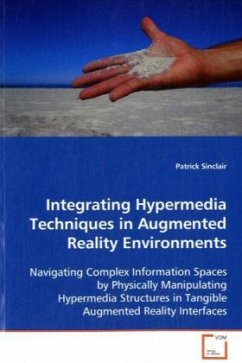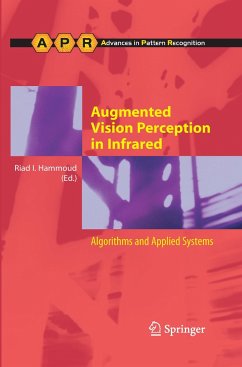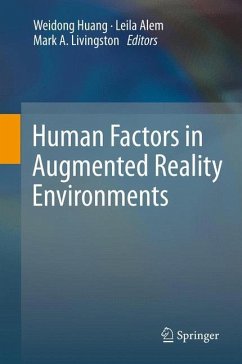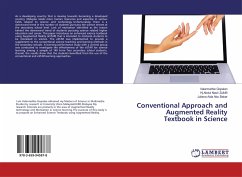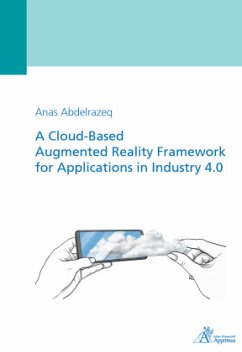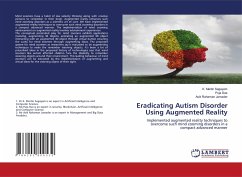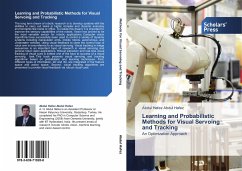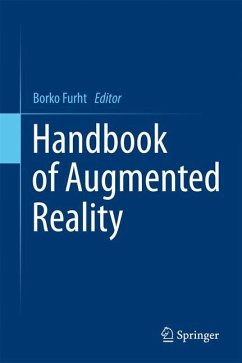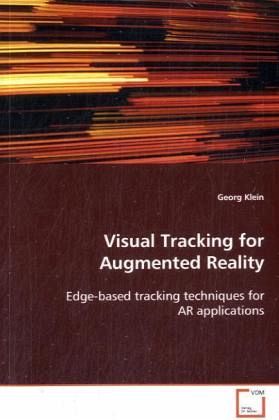
Visual Tracking for Augmented Reality
Edge-based tracking techniques for AR applications
Versandkostenfrei!
Versandfertig in 6-10 Tagen
45,99 €
inkl. MwSt.

PAYBACK Punkte
23 °P sammeln!
In Augmented Reality applications, the realenvironment is annotated or enhanced withcomputer-generated graphics. These graphics must beexactly registered to real objects in the scene andthis requires AR systems to track a user's viewpoint.This book shows that visual tracking with inexpensivecameras (such as those now often built into mobilecomputing devices) can be sufficiently robust andaccurate for AR applications. Visual tracking haspreviously been applied to AR, however this has usedartificial markers placed in the scene; this isundesirable. This thesis explores edge-based trackingas an ef...
In Augmented Reality applications, the real
environment is annotated or enhanced with
computer-generated graphics. These graphics must be
exactly registered to real objects in the scene and
this requires AR systems to track a user's viewpoint.
This book shows that visual tracking with inexpensive
cameras (such as those now often built into mobile
computing devices) can be sufficiently robust and
accurate for AR applications. Visual tracking has
previously been applied to AR, however this has used
artificial markers placed in the scene; this is
undesirable. This thesis explores edge-based tracking
as an efficient and accurate alternative, and
explored methods to improve the robustness of
edge-based tracking against rapid user motions. This
thesis also shows how CAD models of the scene can be
used to correctly clip virtual graphics, improving
the perceived realism of the scene.
environment is annotated or enhanced with
computer-generated graphics. These graphics must be
exactly registered to real objects in the scene and
this requires AR systems to track a user's viewpoint.
This book shows that visual tracking with inexpensive
cameras (such as those now often built into mobile
computing devices) can be sufficiently robust and
accurate for AR applications. Visual tracking has
previously been applied to AR, however this has used
artificial markers placed in the scene; this is
undesirable. This thesis explores edge-based tracking
as an efficient and accurate alternative, and
explored methods to improve the robustness of
edge-based tracking against rapid user motions. This
thesis also shows how CAD models of the scene can be
used to correctly clip virtual graphics, improving
the perceived realism of the scene.




